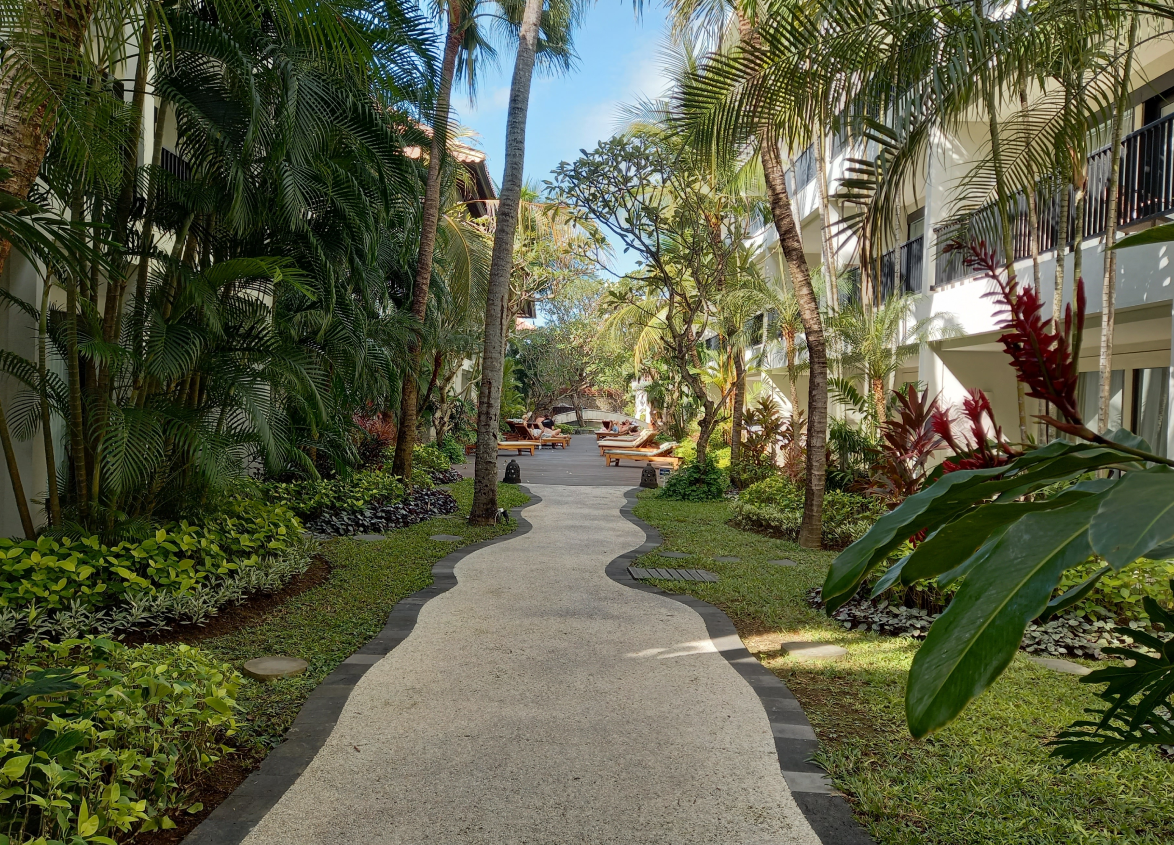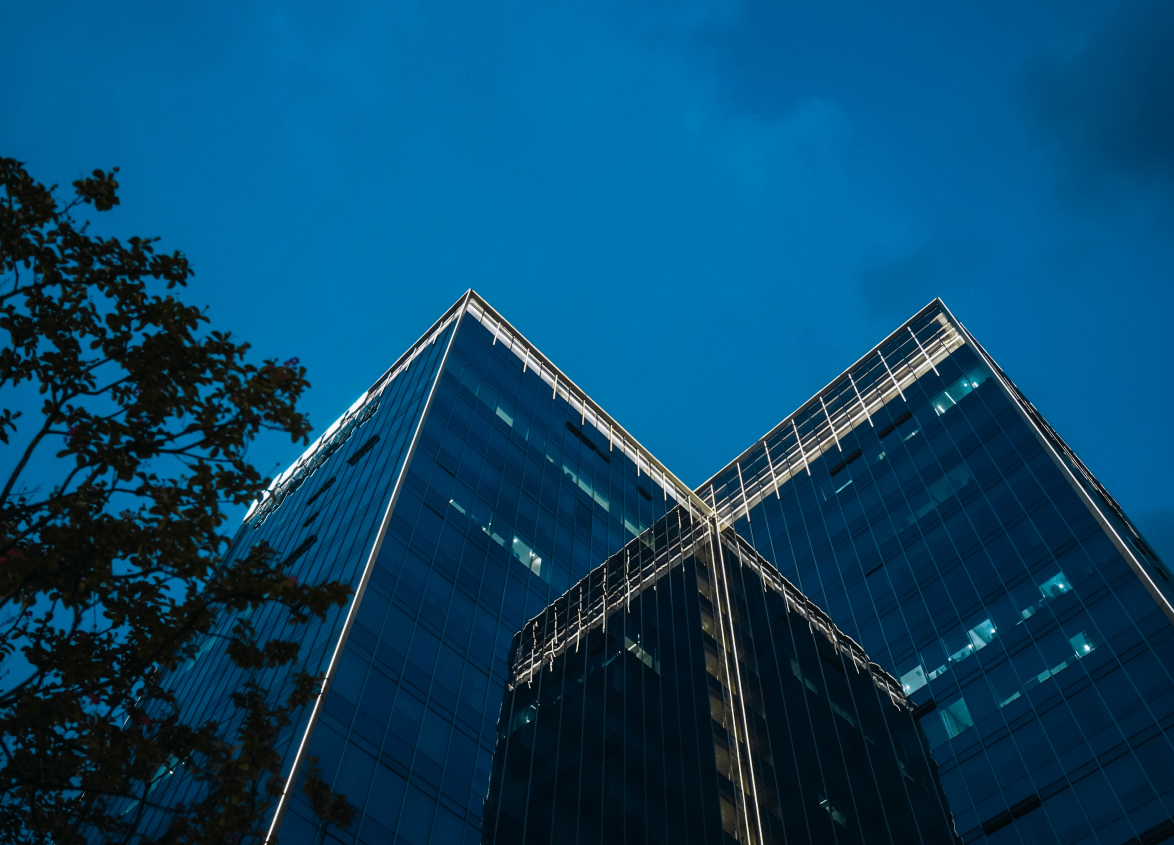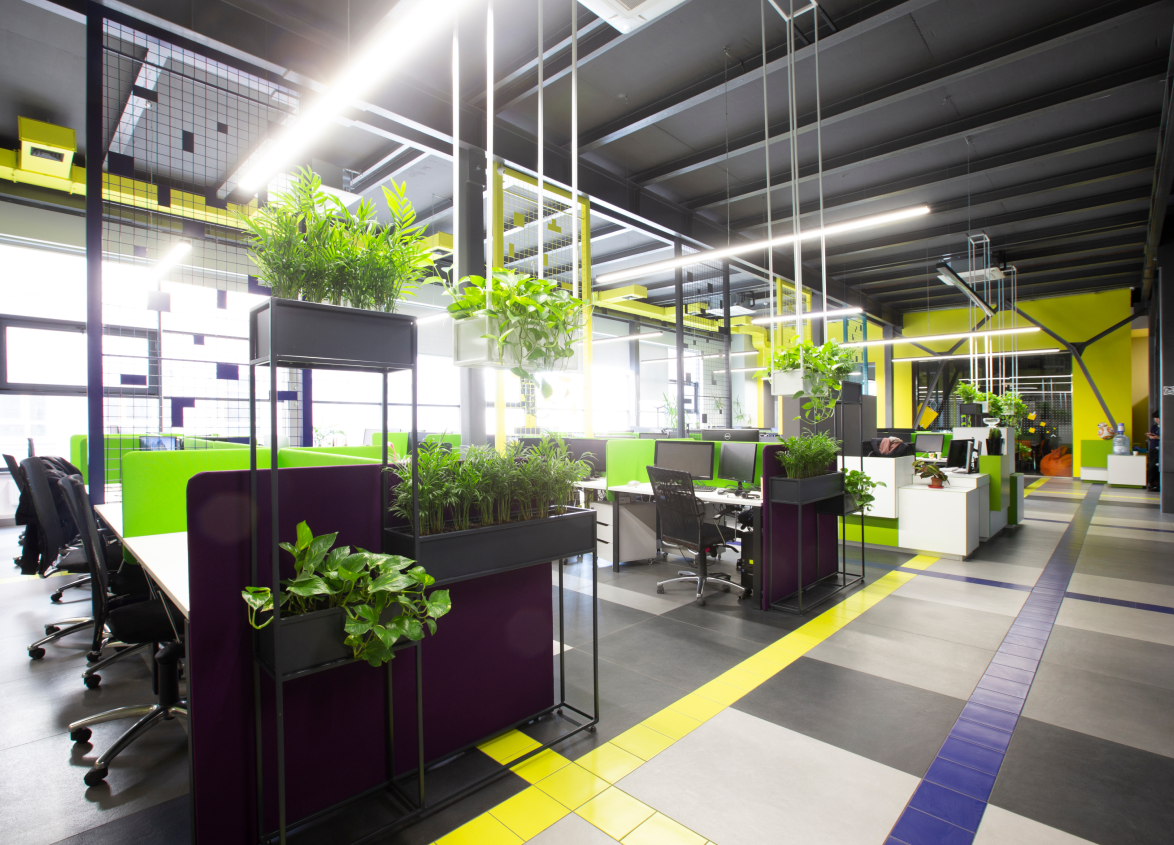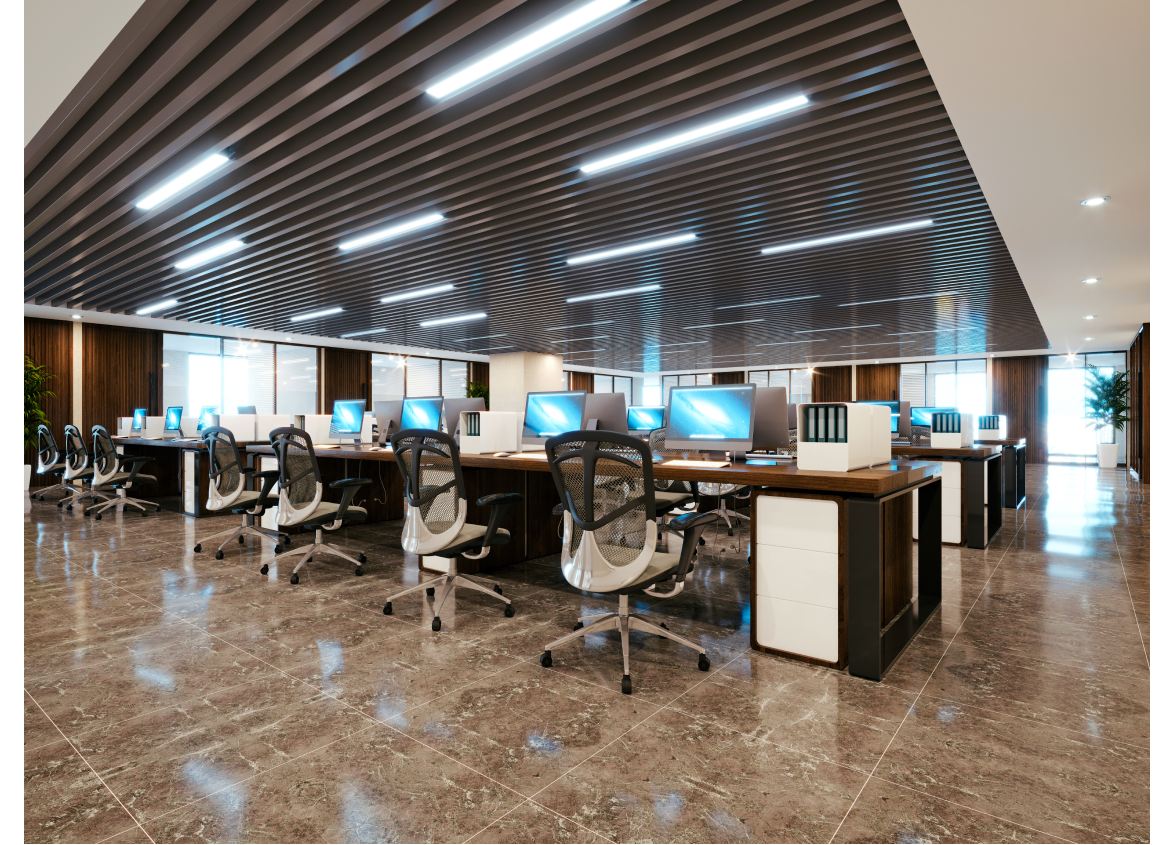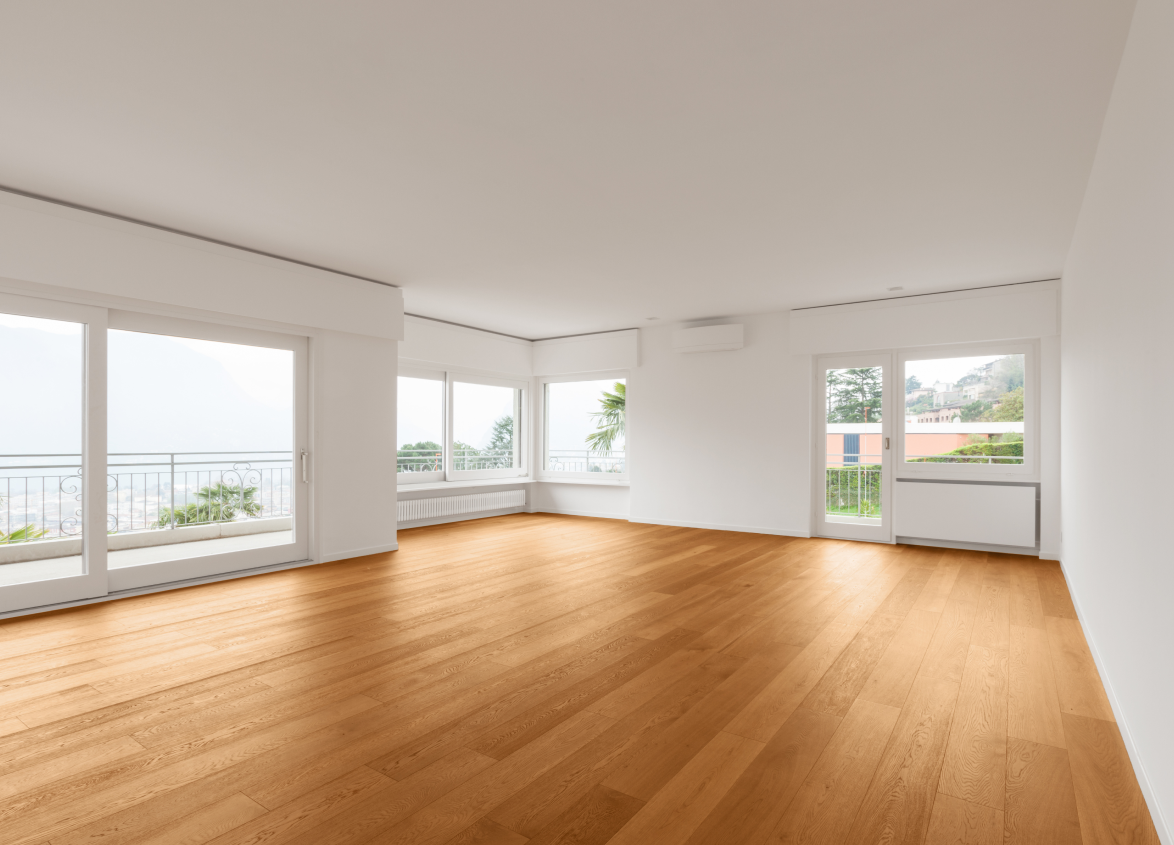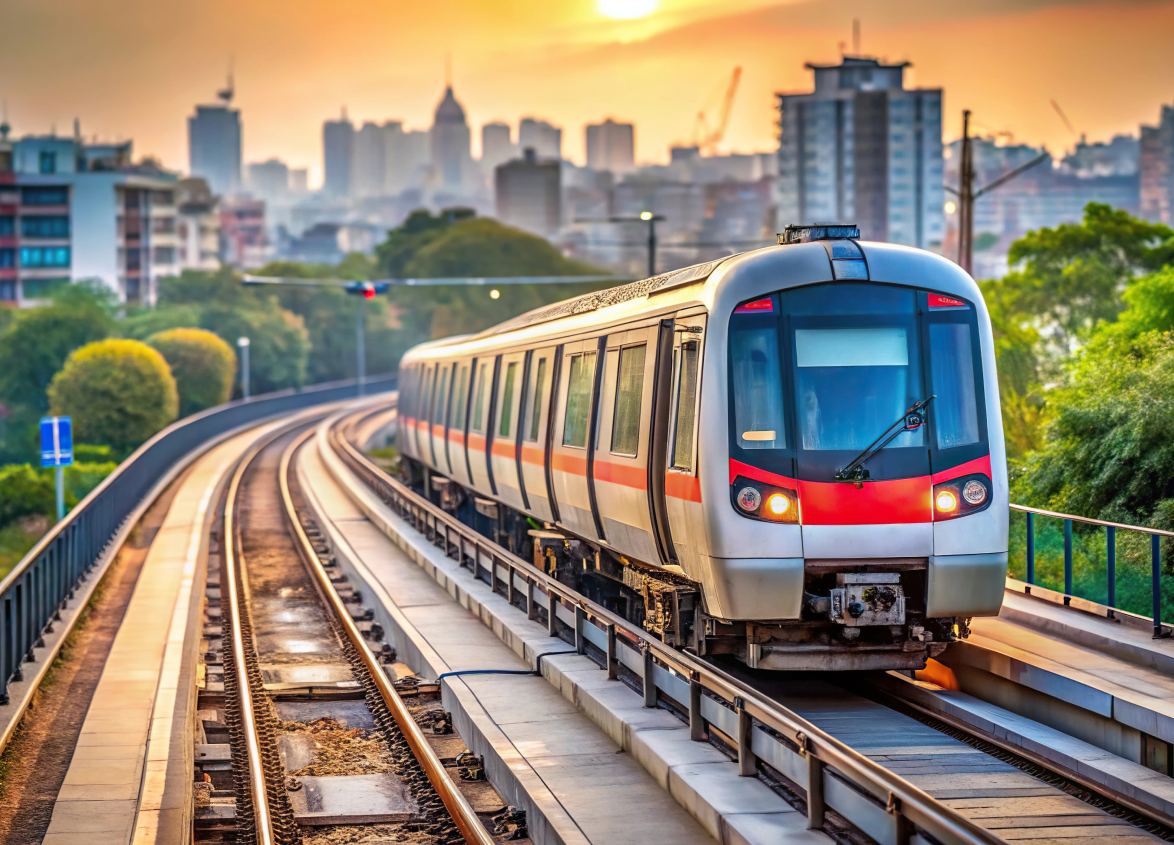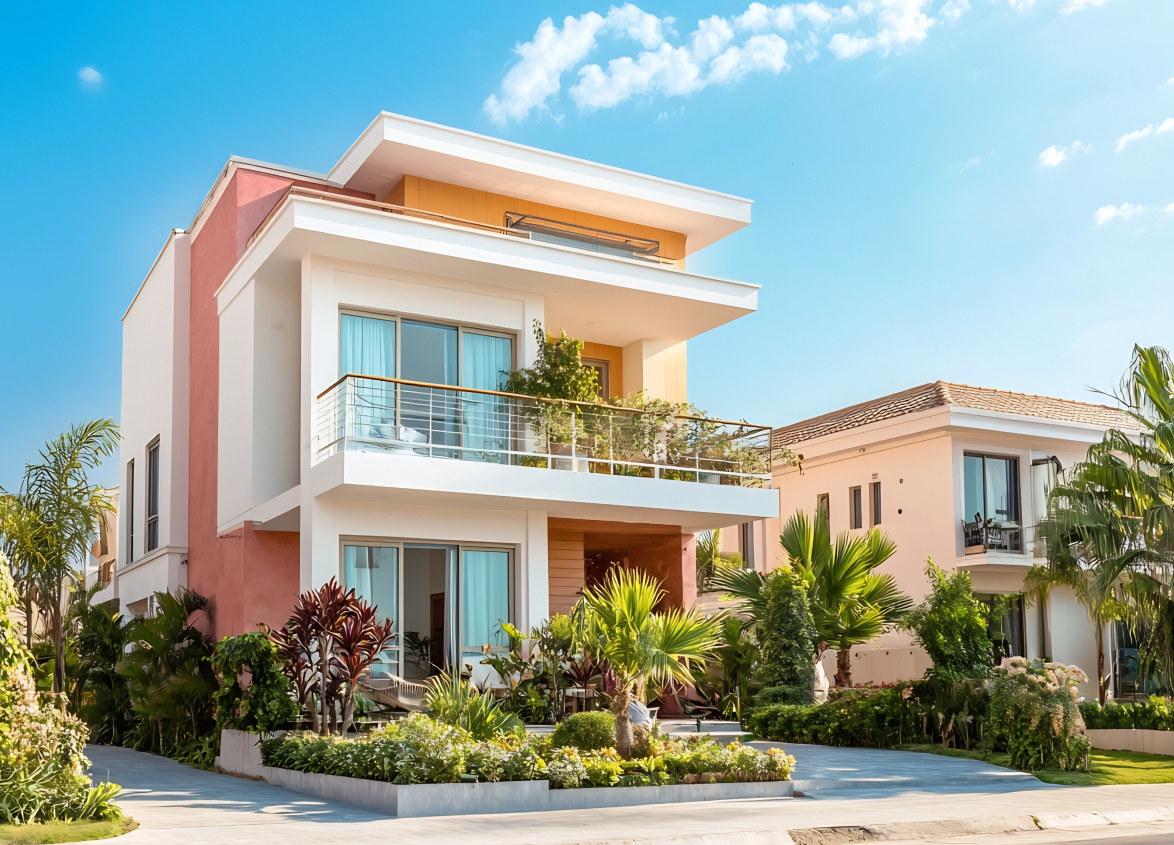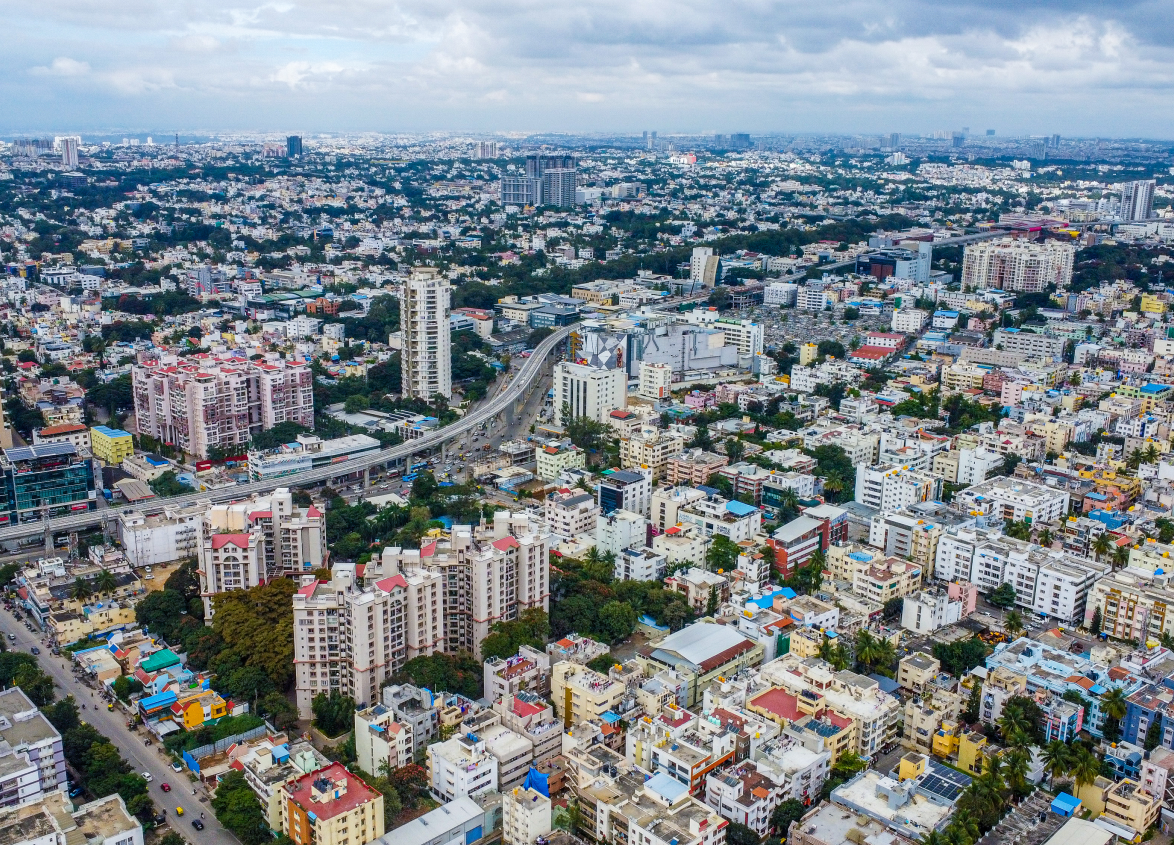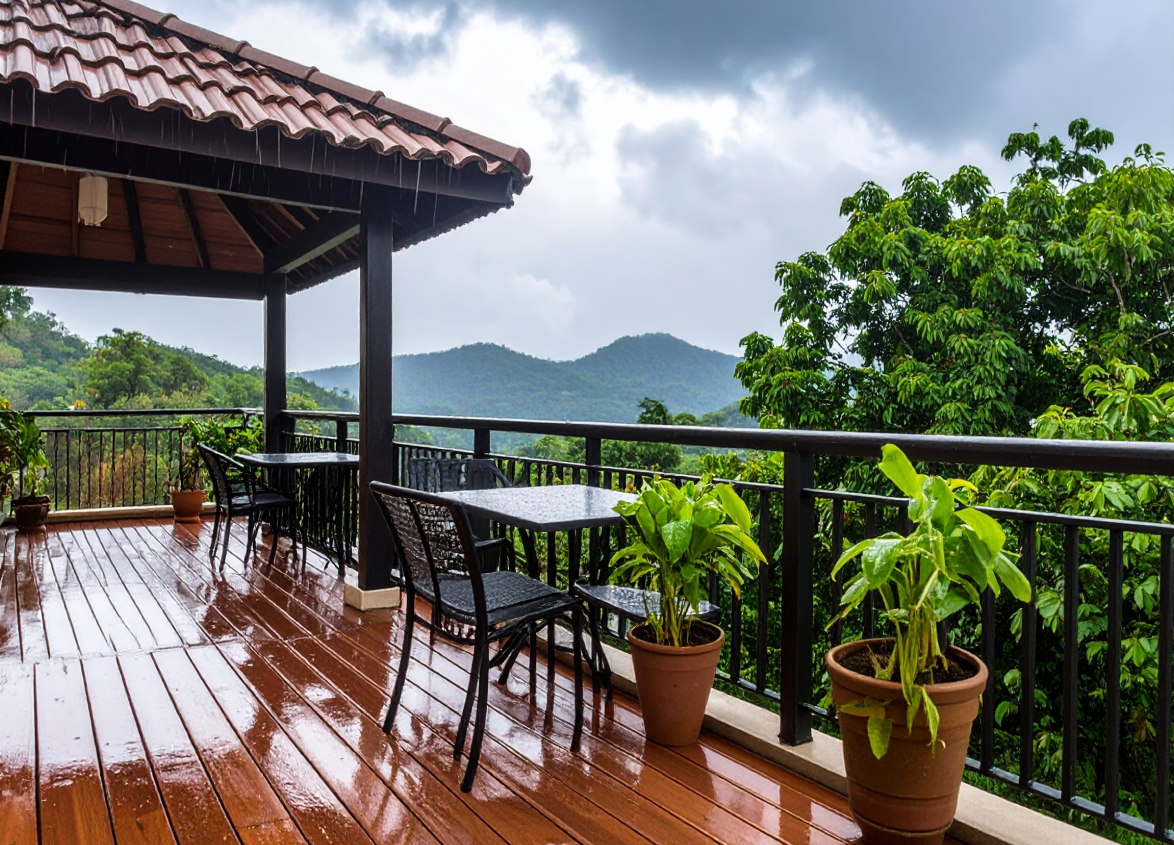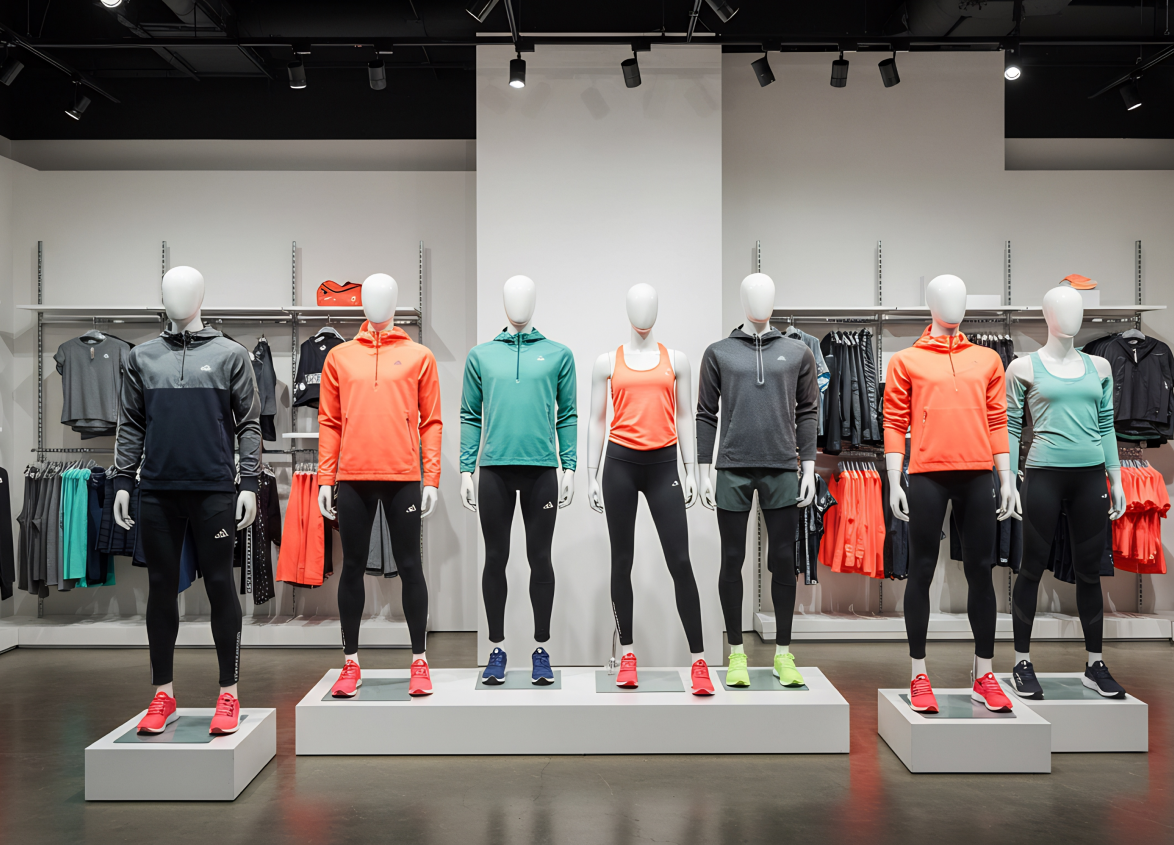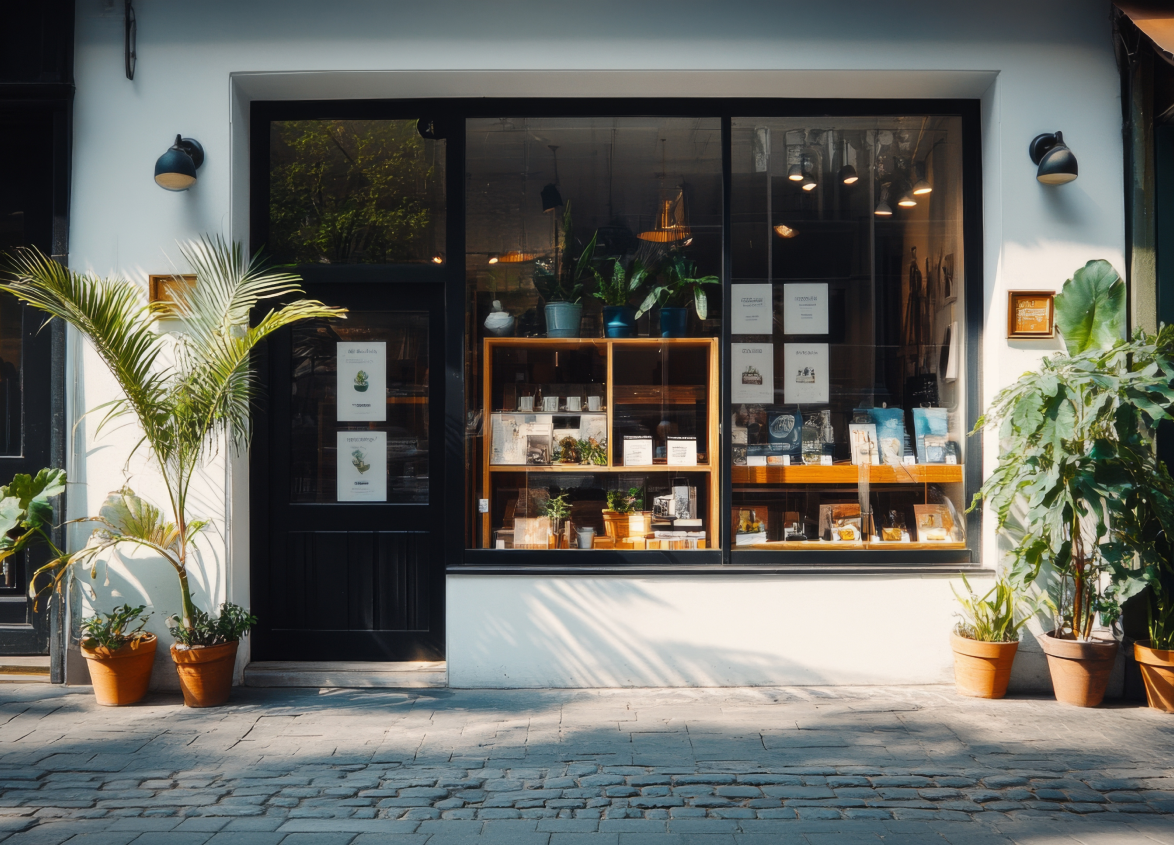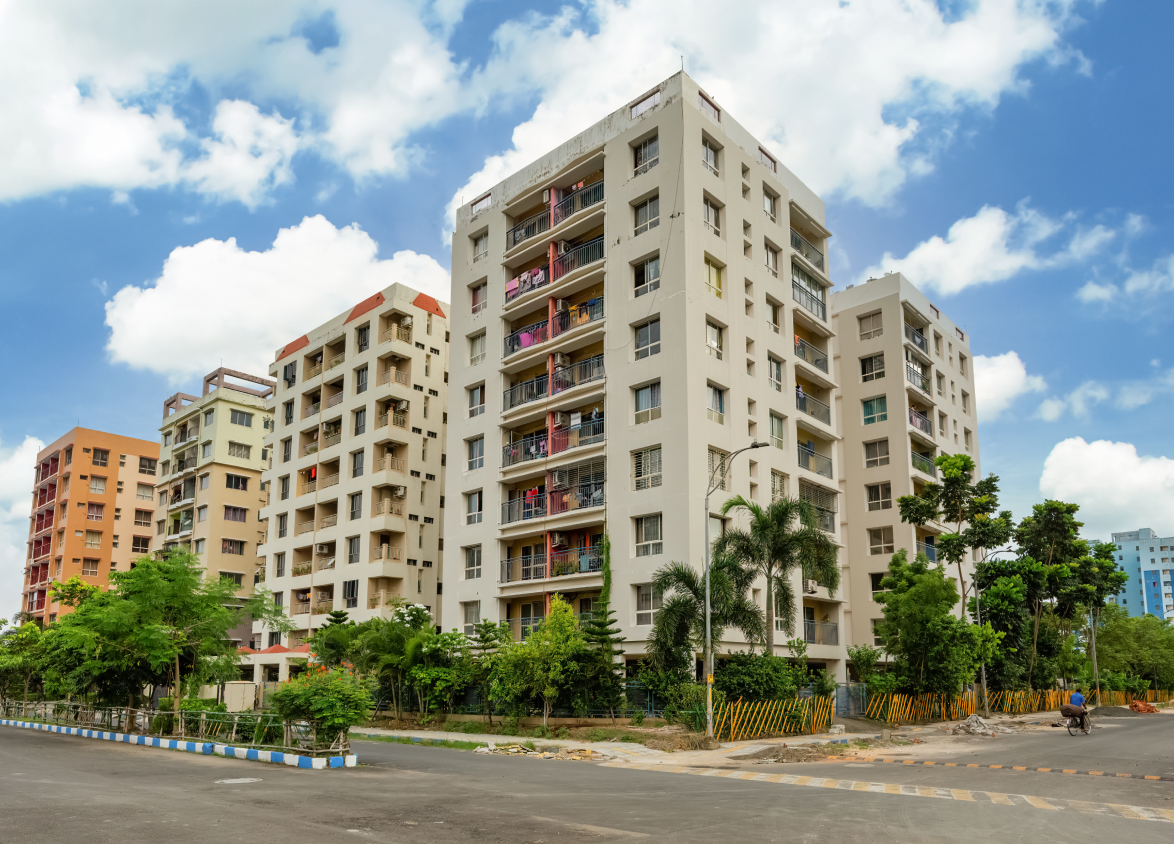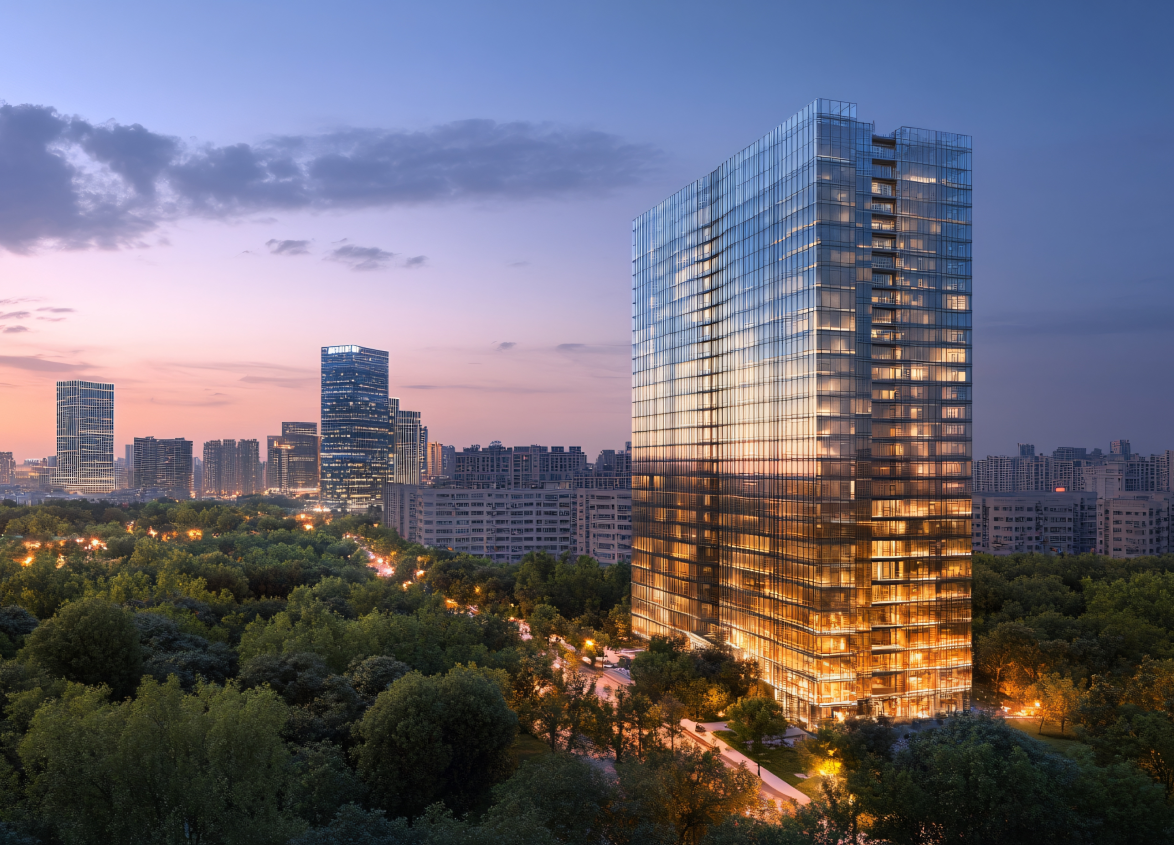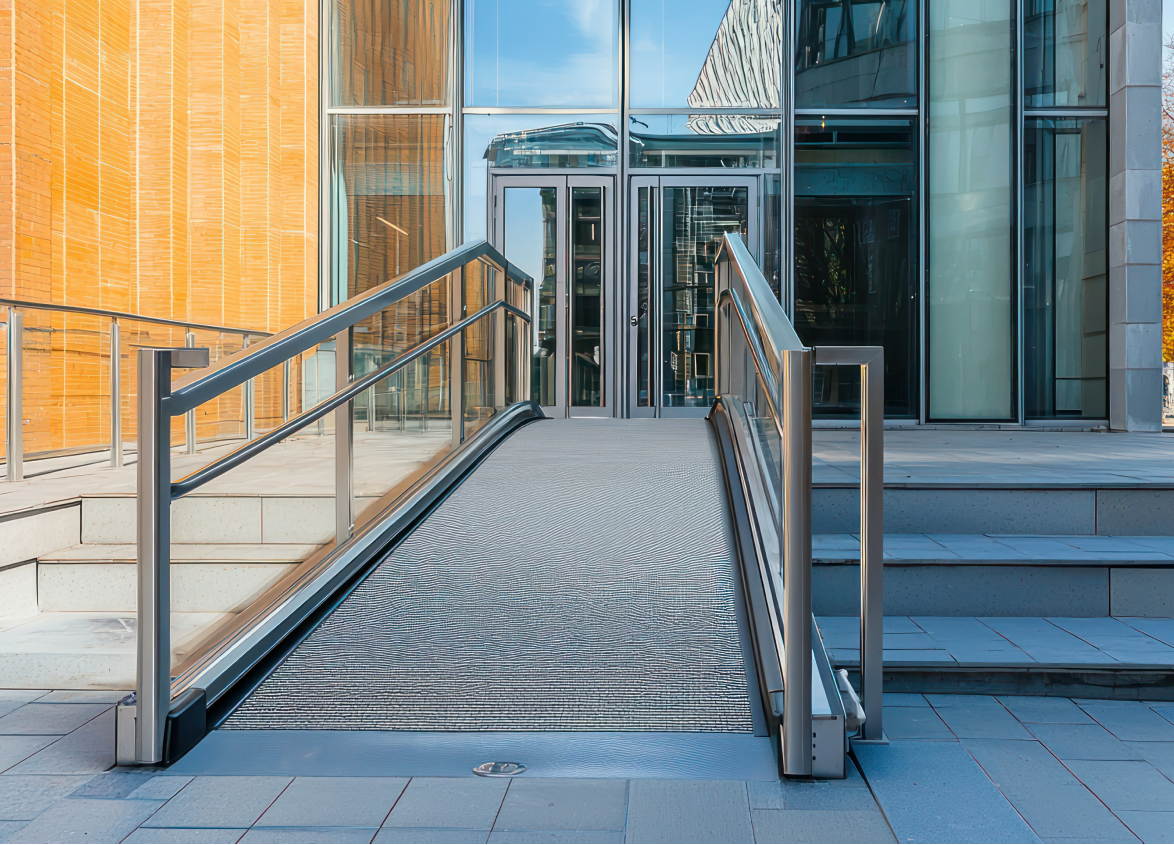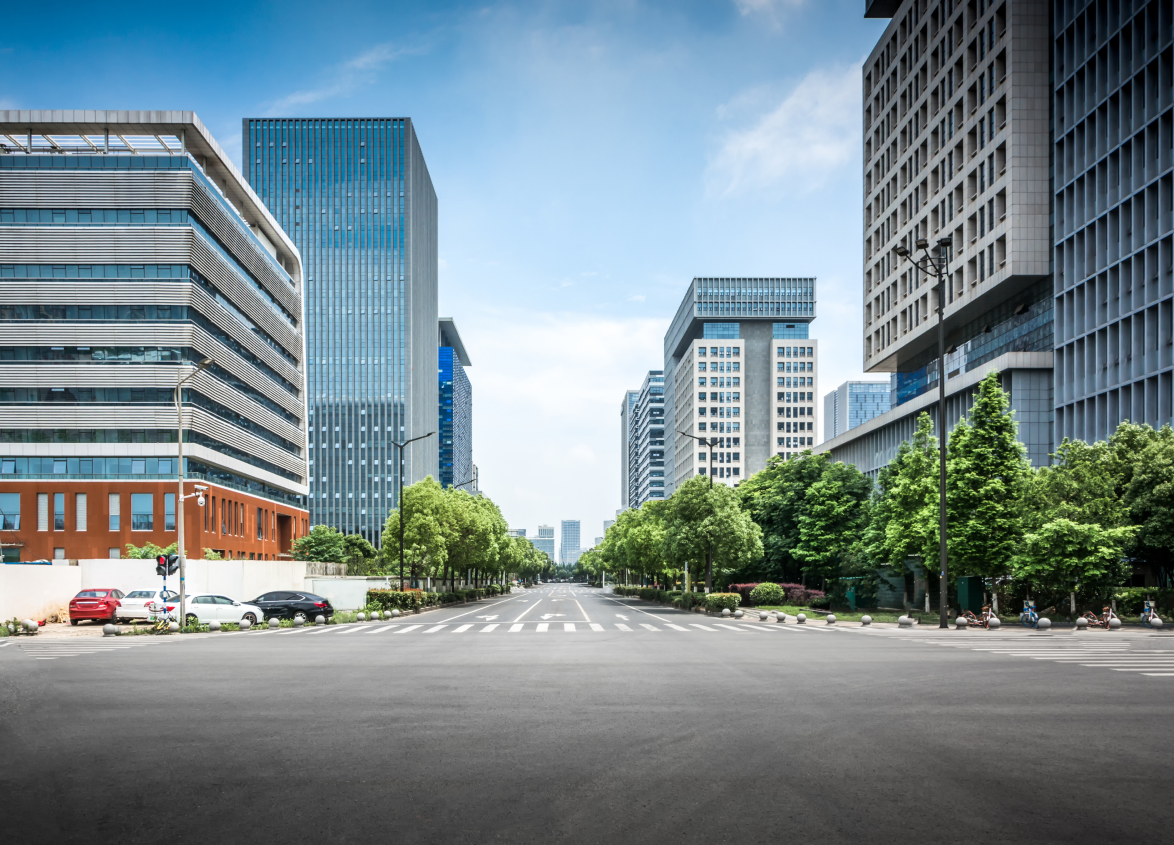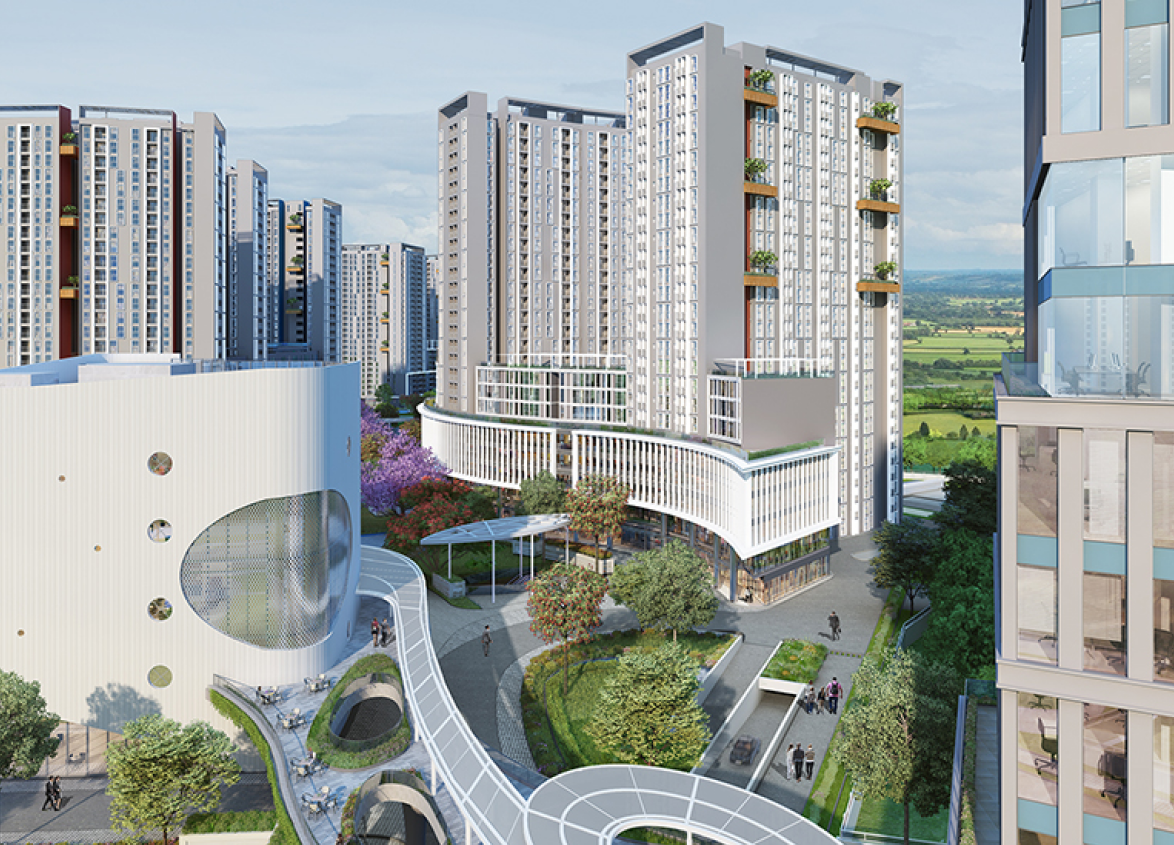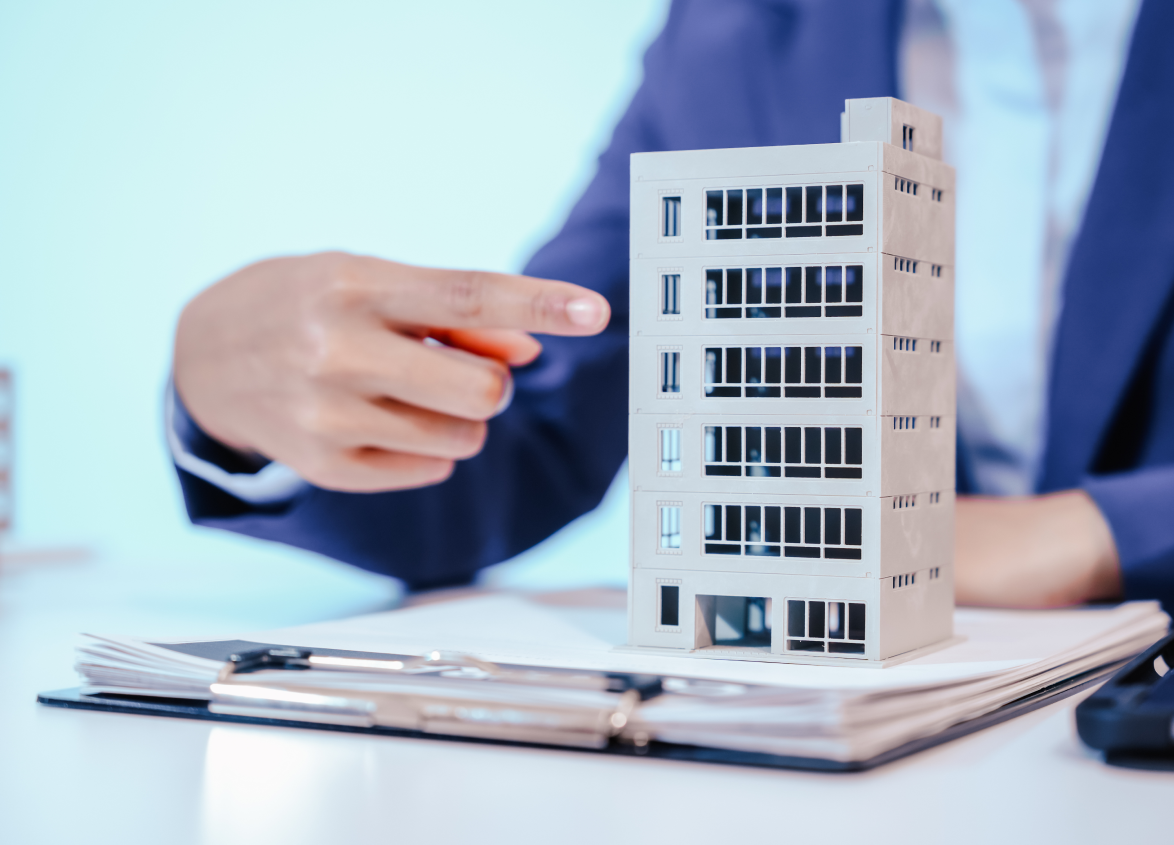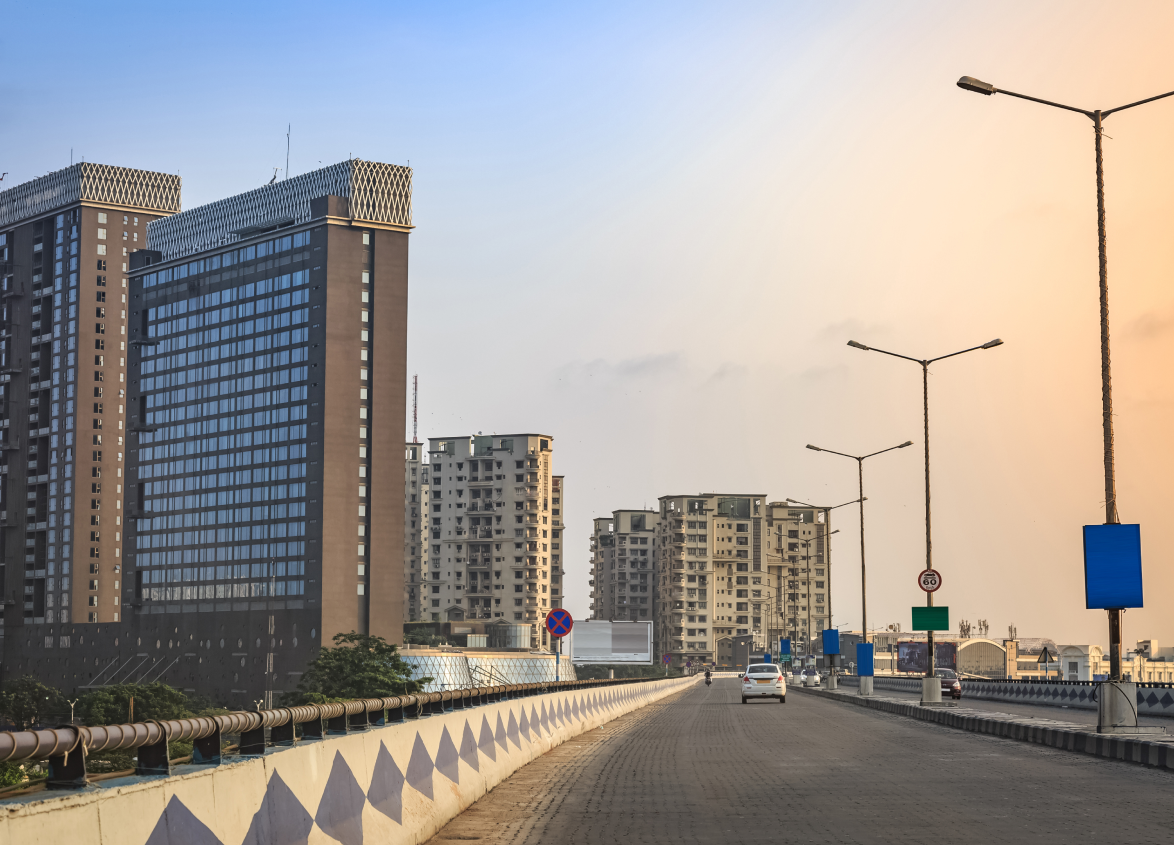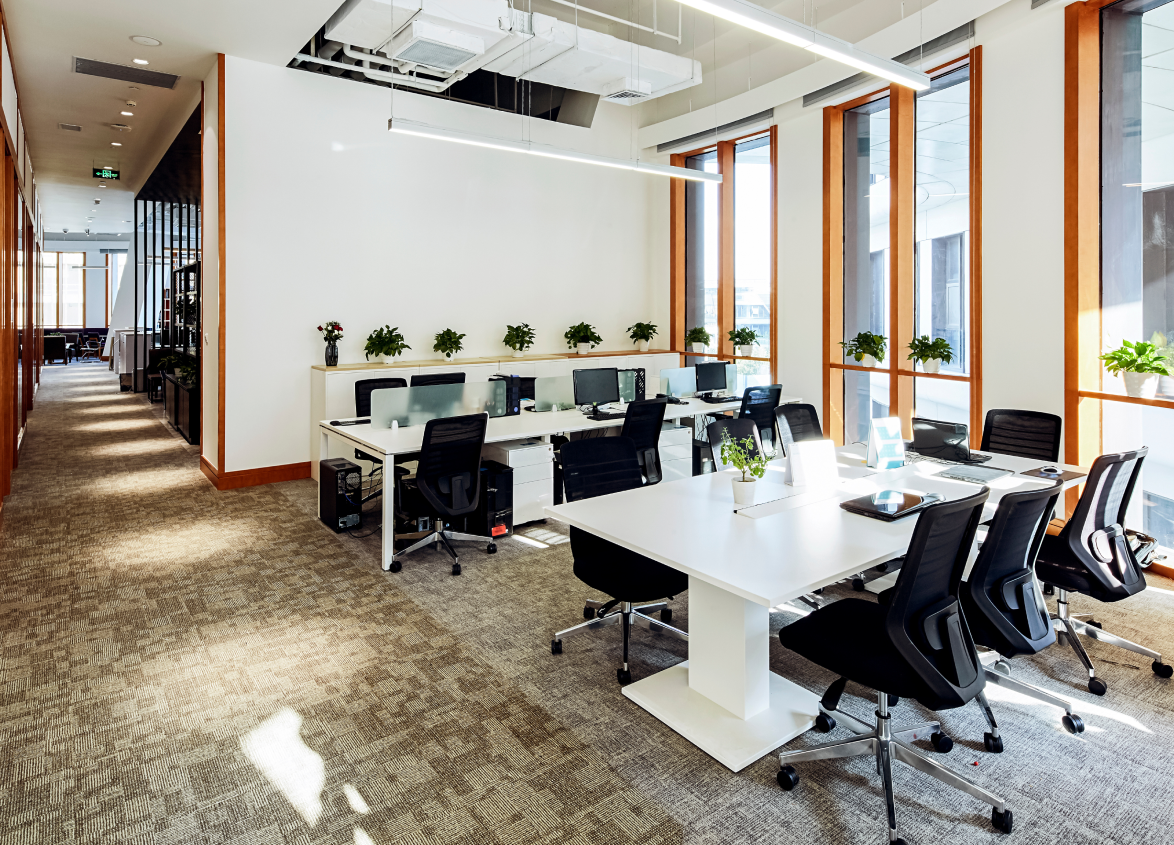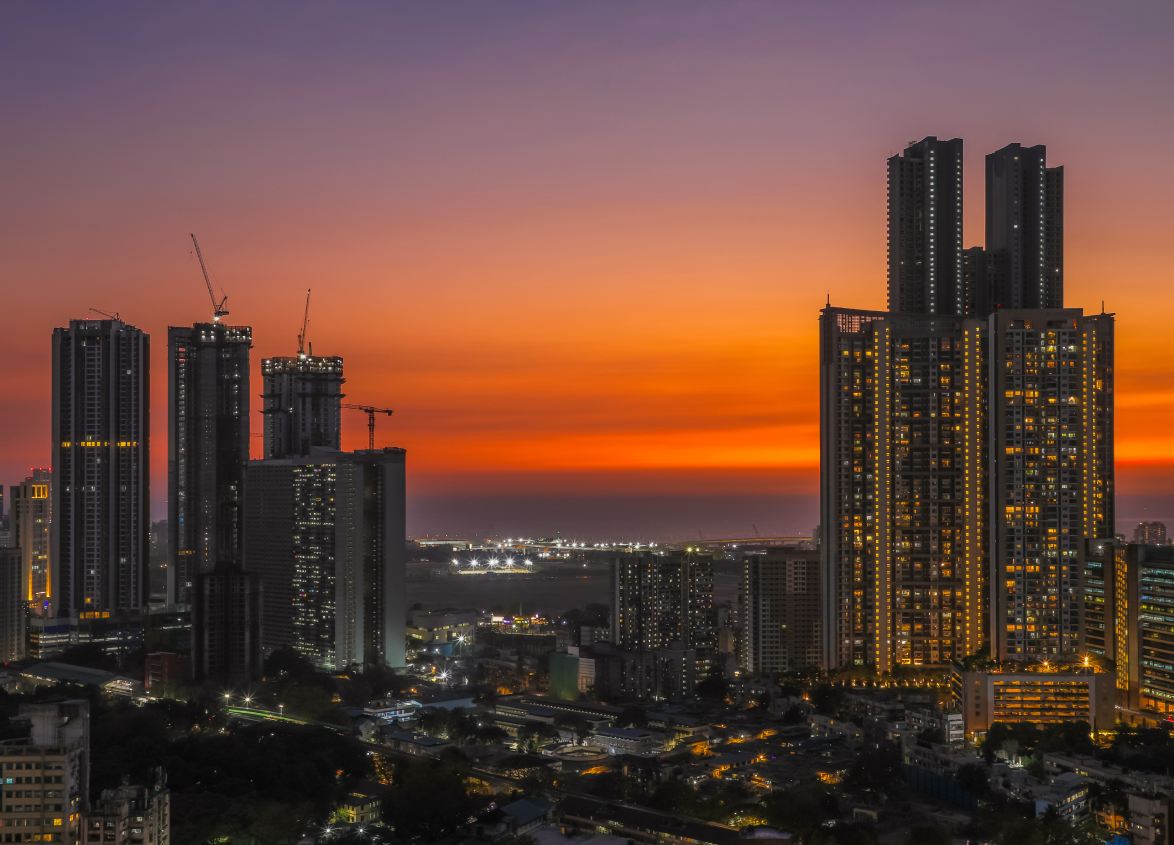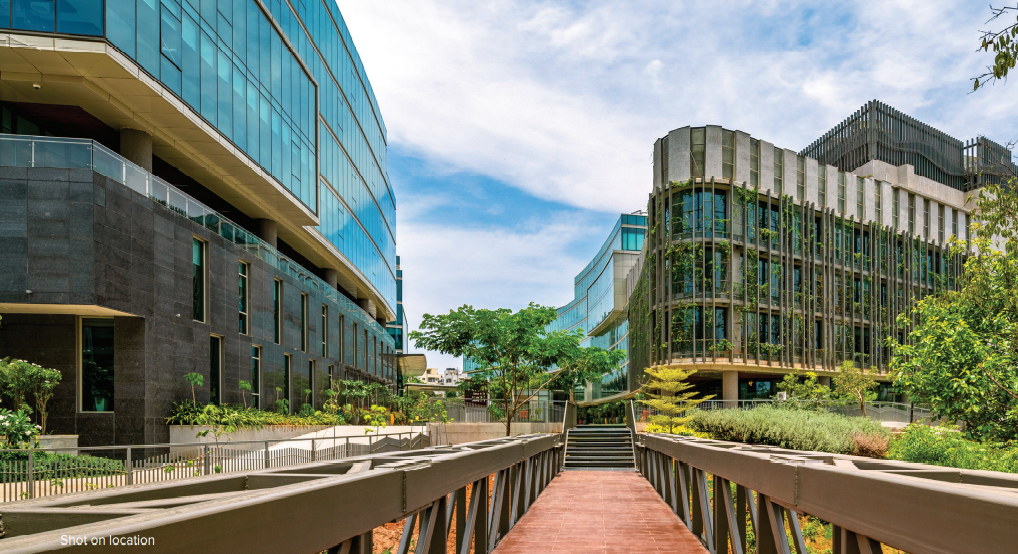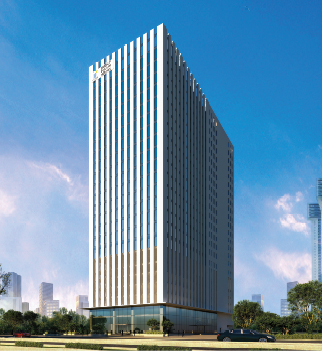
Retail
Top Trends Reshaping Retail Real Estate in 2024: What to Expect
September 05, 2024
With the world adopting enhanced technologies, flexible consumer behavior, and a major focus on sustainability, the retail real estate sector is enjoying a wide transformation. In 2024, retailers and real estate developers are re-evaluating their strategies to develop technologically supportive, more engaging, and sustainable shopping environments. This shift is supported by the need to remain competitive to meet modern customers’ expectations, demanding comfort, validation, and mesmerizing experiences. Here are some top real estate retail trends in 2024 that industry stakeholders should expect.
The Rise of Omnichannel Retail
Omnichannel retail is a fundamental option for retailers wishing to provide seamless shopping experiences across different platforms like virtual stores, brick-and-mortar retail shops, and mobile apps. In 2024, the integration of the channels has become easier and more sophisticated, with retail store owners using data analytics to better understand customer behavior and preferences, offer customized marketing, and better manage inventory.
Retail spaces are majorly designed to aid omnichannel approaches. Stores are perfectly decked with high-end technologies such as interactive and informative kiosks, self-checkouts, and enhanced visual displays to reduce the gap between real and digital shopping. Click-and-collect services where consumers purchase products online and pick them up from retail stores have acquired popularity, driving foot traffic to physical stores.
Experiential Retail: Creating Unique Customer Experiences
In an era where consumers can purchase anything online, physical retail stores are continuously trying to upgrade themselves by offering more than just products and services; they provide experiences. Experiential retail is all about providing mesmerizing experiences to customers to develop brand loyalty and promote social sharing.
Stores are changing into spaces with immersive experiences such as VR installations, themed environments, and interactive demonstrations of products. Retailers jointly work with designers and artists to develop visually appealing spaces to promote higher exploration and Instagram-worthy images. By providing customized experiences, workshops, and events, brands can establish deeper customer connections and motivate repeat visits.
Sustainability and Green Building Practices
Sustainability has become a necessity in the real estate sector. Customers are becoming highly conscious about the environmental effect of their purchase, pushing real estate developers and real estate investors to move towards sustainable practices. In 2024, green building practices and environmentally friendly designs have topped the retail development world.
The real estate industry is adopting sustainable materials, waste-reduction approaches, and energy-efficient systems to reduce its carbon footprint. Green roofs, rainwater harvesting, and solar panels have become the new standard amenities of retail real estate. Retailers also focus on supply chain sustainability to ensure products are supplied transparently.
Technology Integration in Retail Spaces
Technology is transforming the retail sector, providing inventive solutions that boost comfort and engagement. In 2024, technology integration is a major retail real estate trend shaping the retail real estate sector, as retailers choose innovative tools to optimize operations and boost customer interactions.
Retail spaces are getting smarter every day through the use of Internet of Things gadgets, AI, and ML. These advanced technologies allow customized shopping experiences by assessing consumer data to offer personalized recommendations and promotions. In-store navigation applications guide consumers to shop for desired products, while AI-assistant chatbots offer instant help.
Flexible and Adaptive Retail Spaces
The retail sector is consistently growing and needs spaces that can easily adapt to consumers' and market conditions' changing demands. In 2024, adaptive and flexible retail spaces will gain importance as retailers look forward to streamlining their real estate investments.
Modular store designs support simple reconfiguration, allowing retailers to flexibly change layouts and displays without extensive renovation. Temporary and pop-up stores offer brands a chance to test new markets and concepts without any major commitments.
Retailers also choose mixed-use developments that combine retail, entertainment, and residential spaces to create dynamic areas that attract a broader range of audiences. By offering a perfect blend of facilities and services, these developments offer a higher sense of satisfaction and belonging, adding to your overall shopping experience.
E-commerce and Its Impact on Physical Retail
E-commerce is still making efforts to reshape the physical retail store world, impacting customers' expectations and driving changes in the sector. In 2024, the relationship between brick-and-mortar and e-commerce stores will be symbiotic, with both working to complement one another.
Retail physical stores are becoming experiential destinations where customers can interact with experts while buying products and getting customized assistance. E-commerce platforms are also using physical locations for order fulfillment and returns, offering better convenience to customers.
While e-commerce provides extensive comfort, physical stores offer tactile experiences and instant gratification that online stores cannot copy. Successful retailers are those who are able to mix the strengths of both channels to develop a cohesive and satisfying customer journey.
Health and Wellness in Retail Environments
The focus on health and wellness impacts the retail real estate markets, as customers prioritize their well-being and seek an environment that assists a healthy lifestyle. As one of the trends in retail real estate, retailers are using wellness elements in their space to meet this rising demand.
Retailers are developing stores with more greenery, natural lighting, and ergonomic layouts that add to comfort and relaxation. Brands are also offering wellness products and services such as organic food options, fitness regime classes, and wellness consultancy.
Localism and Community-Centric Retail
Localism and community-centric retail have increased, with customers looking for genuine and meaningful experiences. As one of the commercial real estate retail trends, retailers are concentrating on developing connections with local communities and aiding regional businesses.
Community-centric retail spaces emphasize accessibility and inclusivity, ensuring that all feel valued and welcomed. By working with local communities, retailers can develop trust and develop mesmerizing memories that resonate with consumers personally.
Conclusion
As we move to 2024, retailers and real estate investors should adapt these trends to stay relevant and competitive in the ever-growing market. By prioritizing omnichannel approaches, experiential retail, technology integration, sustainability, health and wellness, and flexibility, stakeholders can develop successful and effective retail environments that meet the requirements of modern customers. With these trends consistently shaping the industry, retail real estate will become more creative, customer-centric, and sustainable, offering better opportunities for development and growth.
FAQ
What is Omnichannel Retail?
Omnichannel retail integrates physical stores, online platforms, and mobile apps to create a seamless shopping experience. It allows customers to interact with a brand across multiple channels effortlessly.
How is Experiential Retail Changing the Industry?
Experiential retail focuses on creating memorable, engaging shopping experiences through interactive environments, personalized services, and events, encouraging brand loyalty and increasing foot traffic by offering value beyond mere transactions.
Why is Sustainability Important in Retail Real Estate?
Sustainability is crucial in retail real estate for reducing environmental impact, meeting consumer demand for eco-friendly practices, lowering operational costs, and enhancing brand reputation by promoting responsible business practices.
How is Technology Being Integrated into Retail Spaces?
Retail spaces are integrating technology through IoT devices, AI, and AR/VR applications to personalize experiences, streamline operations, and enhance convenience with features like contactless payments and smart inventory systems.
What are Flexible and Adaptive Retail Spaces?
Flexible retail spaces are designed for easy reconfiguration and adaptability, allowing retailers to quickly adjust layouts, test new concepts, and respond to changing consumer demands without extensive renovations.
MUST READ
Looking for something specific?
We'd be delighted to help you.



